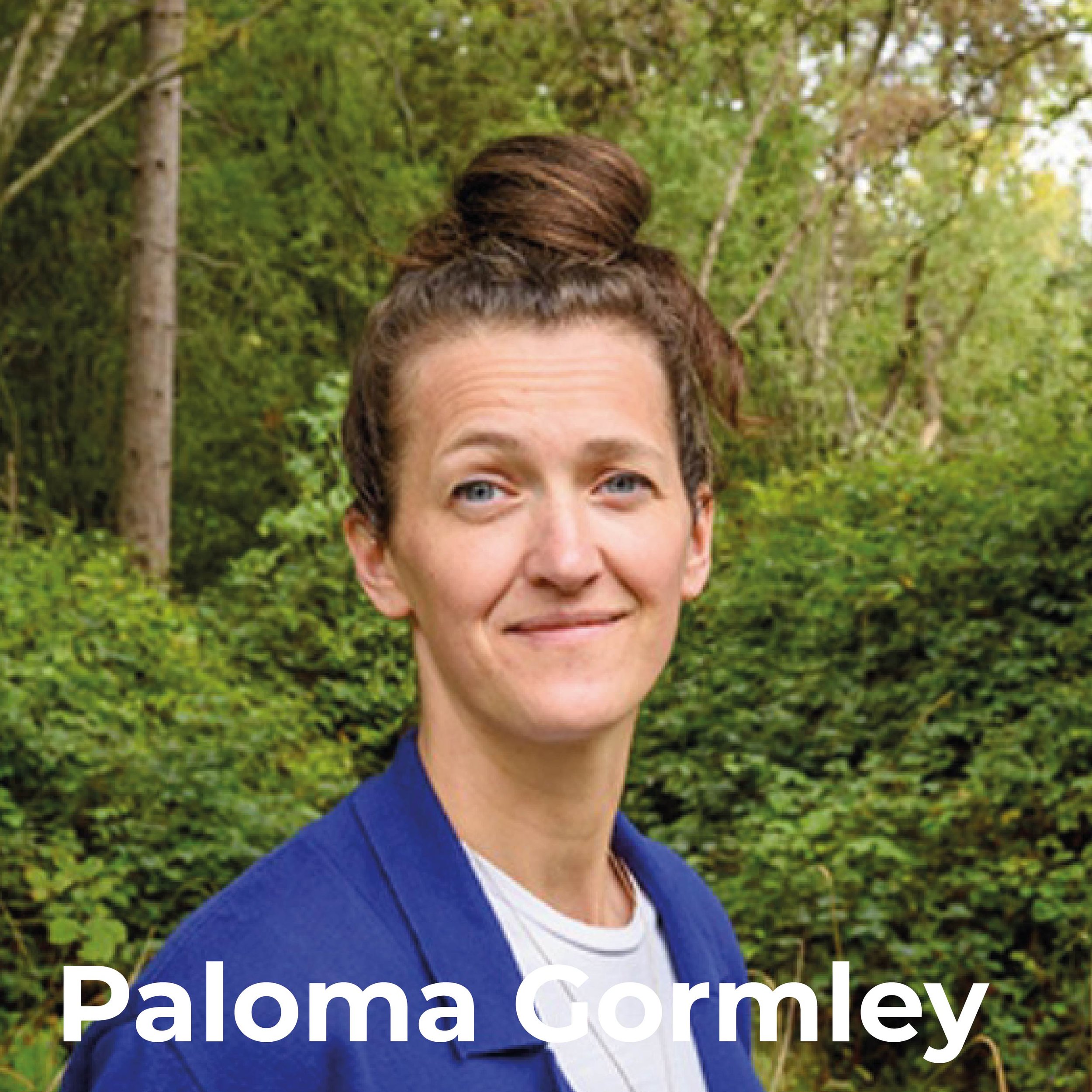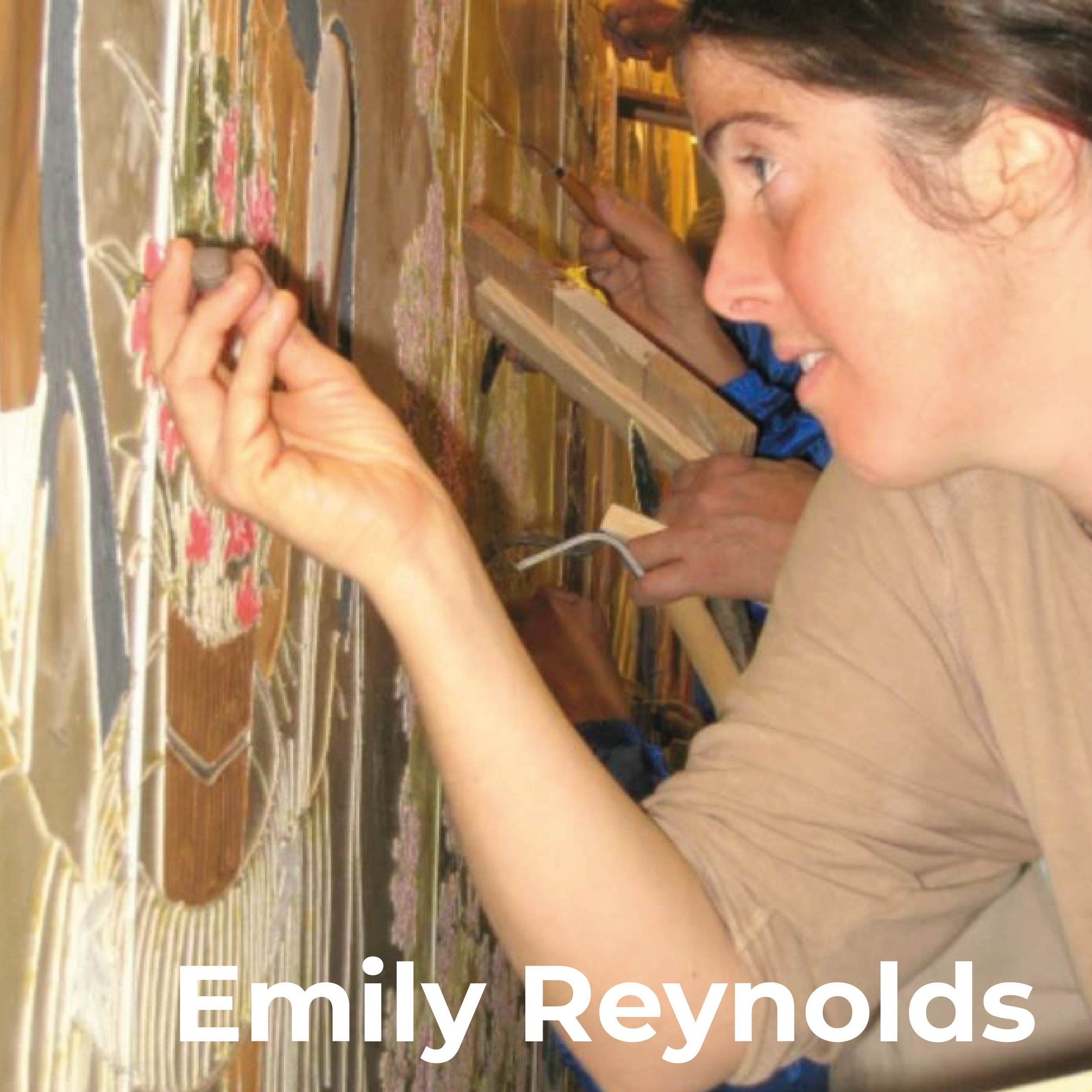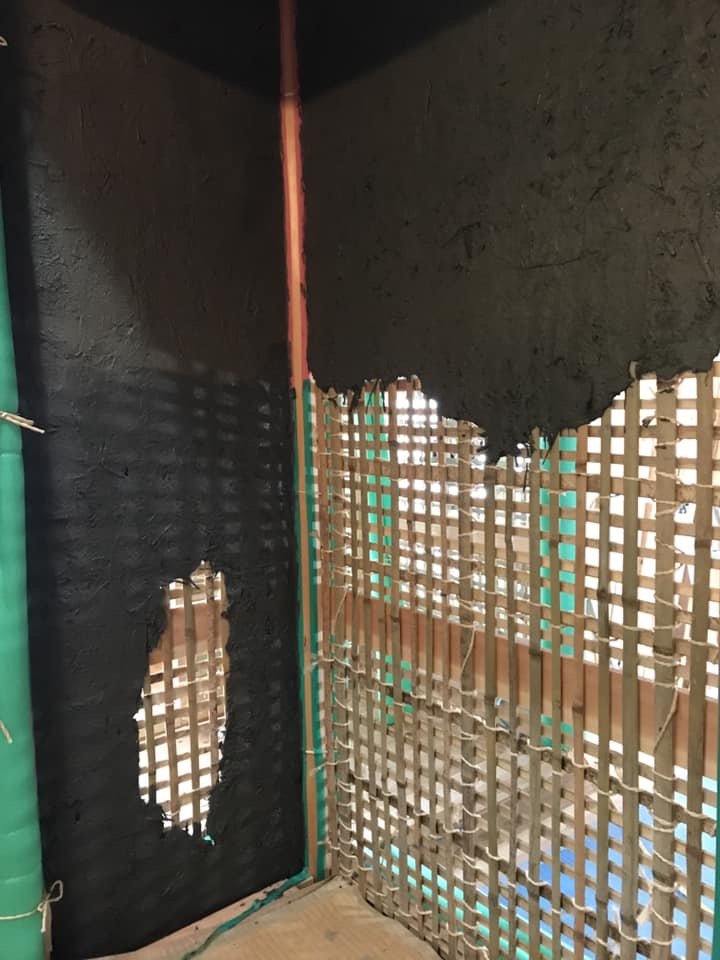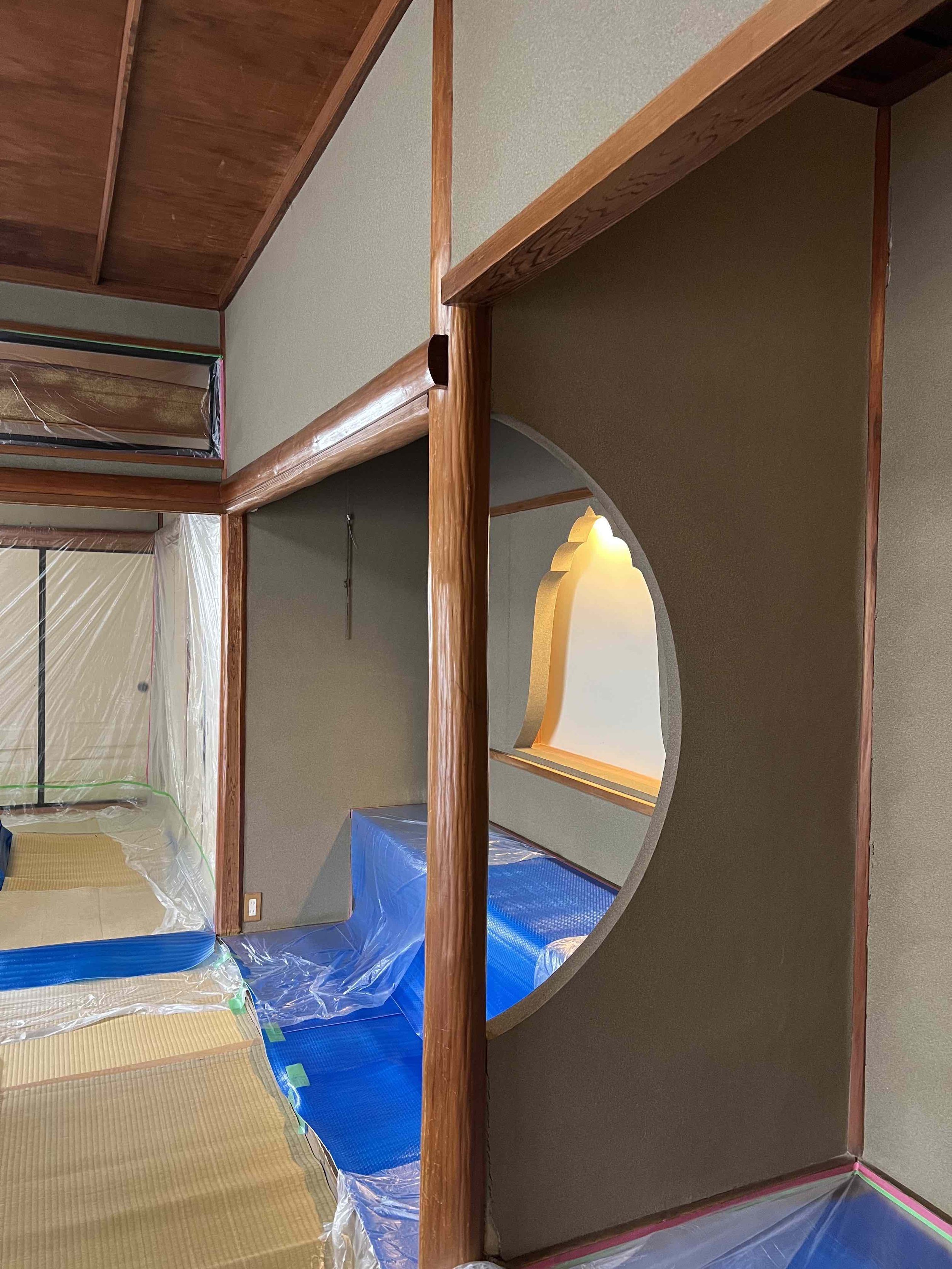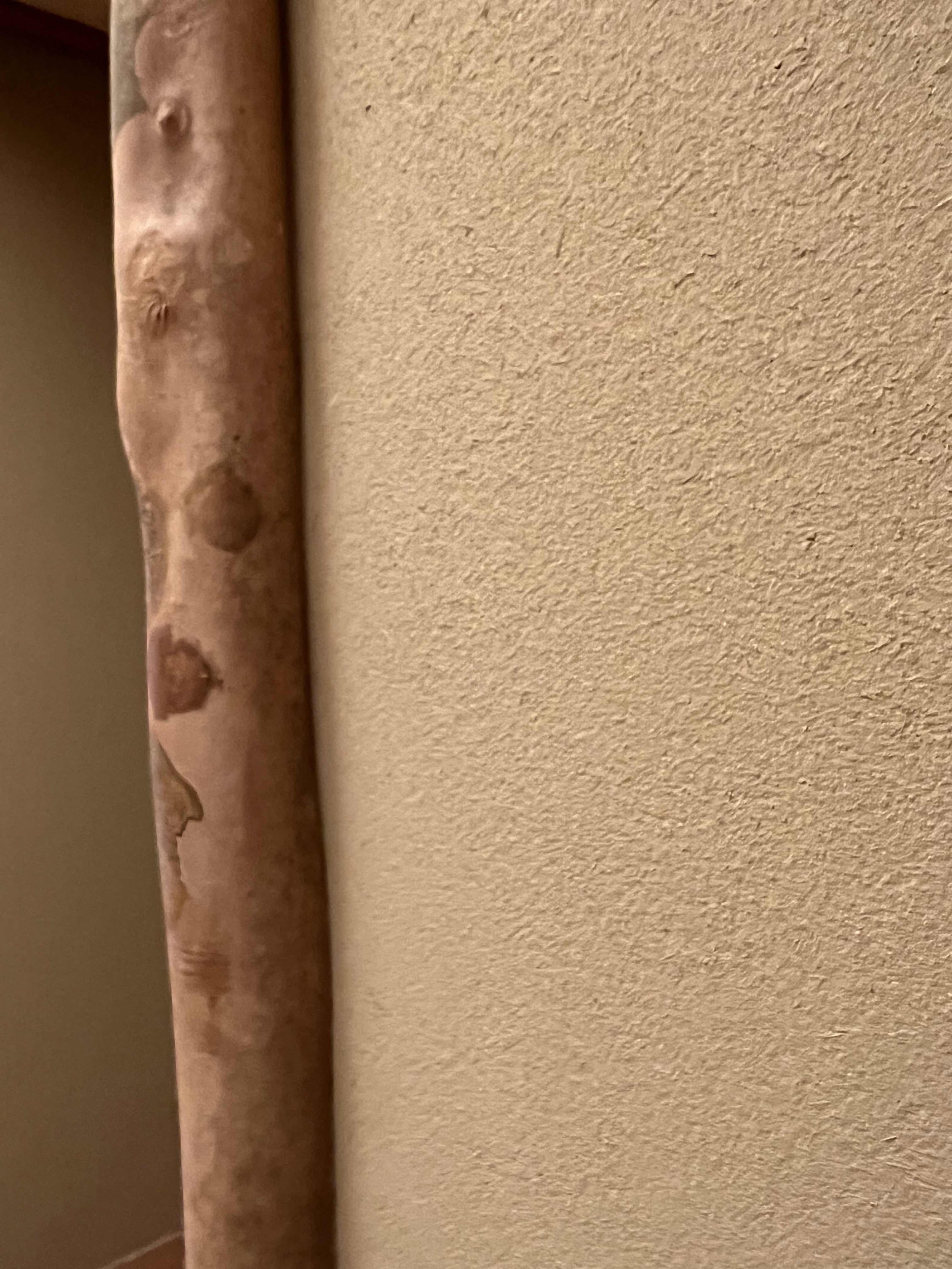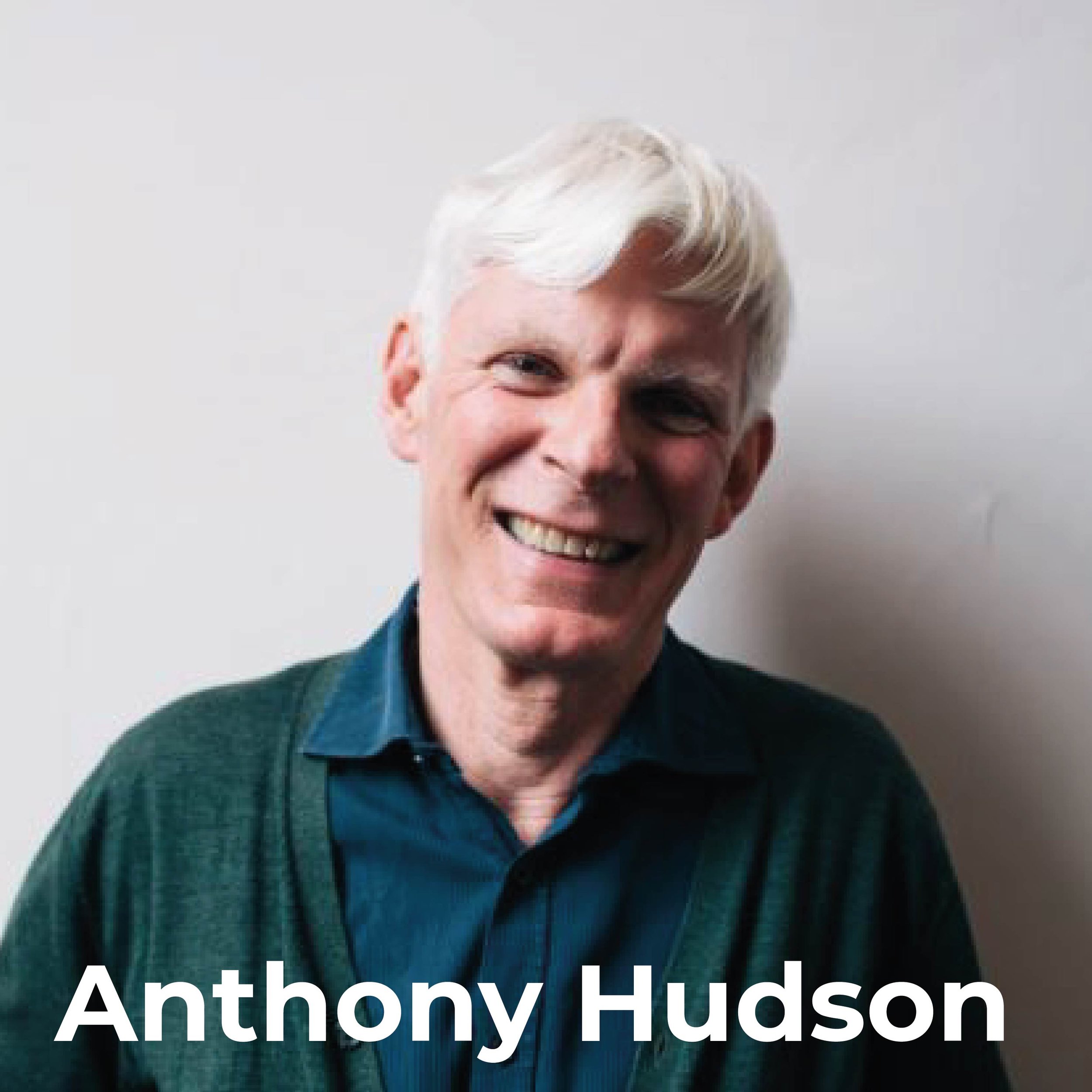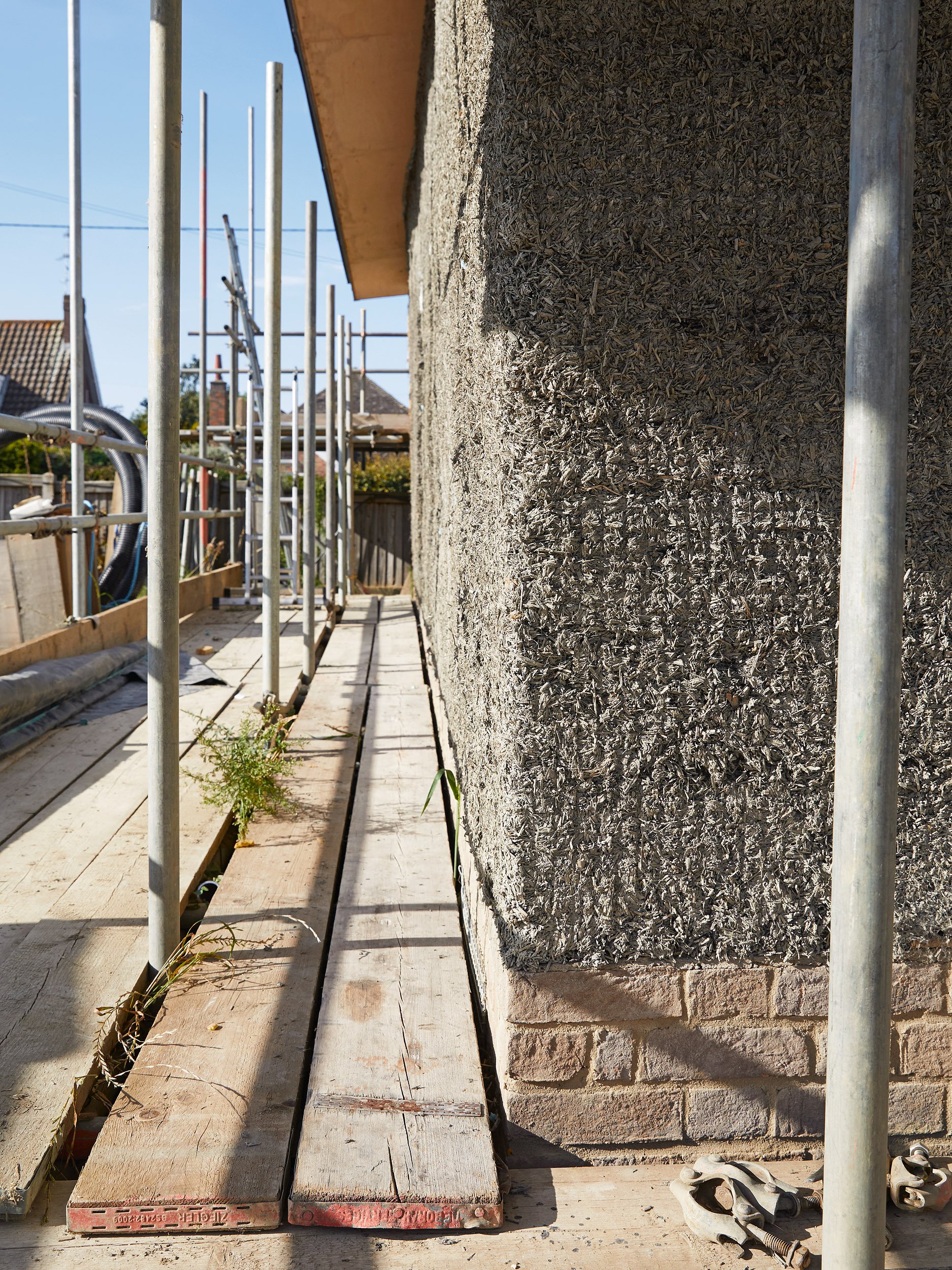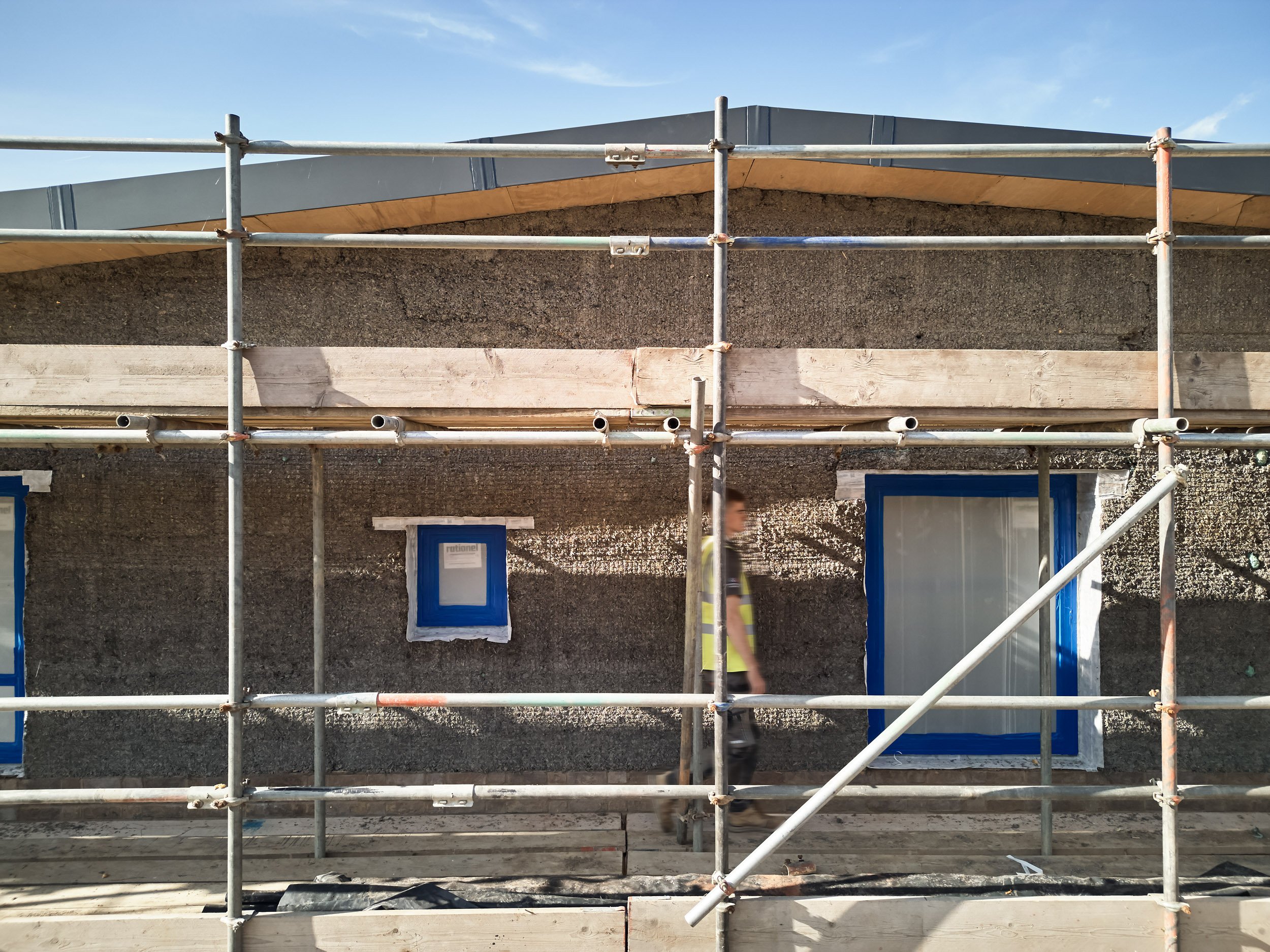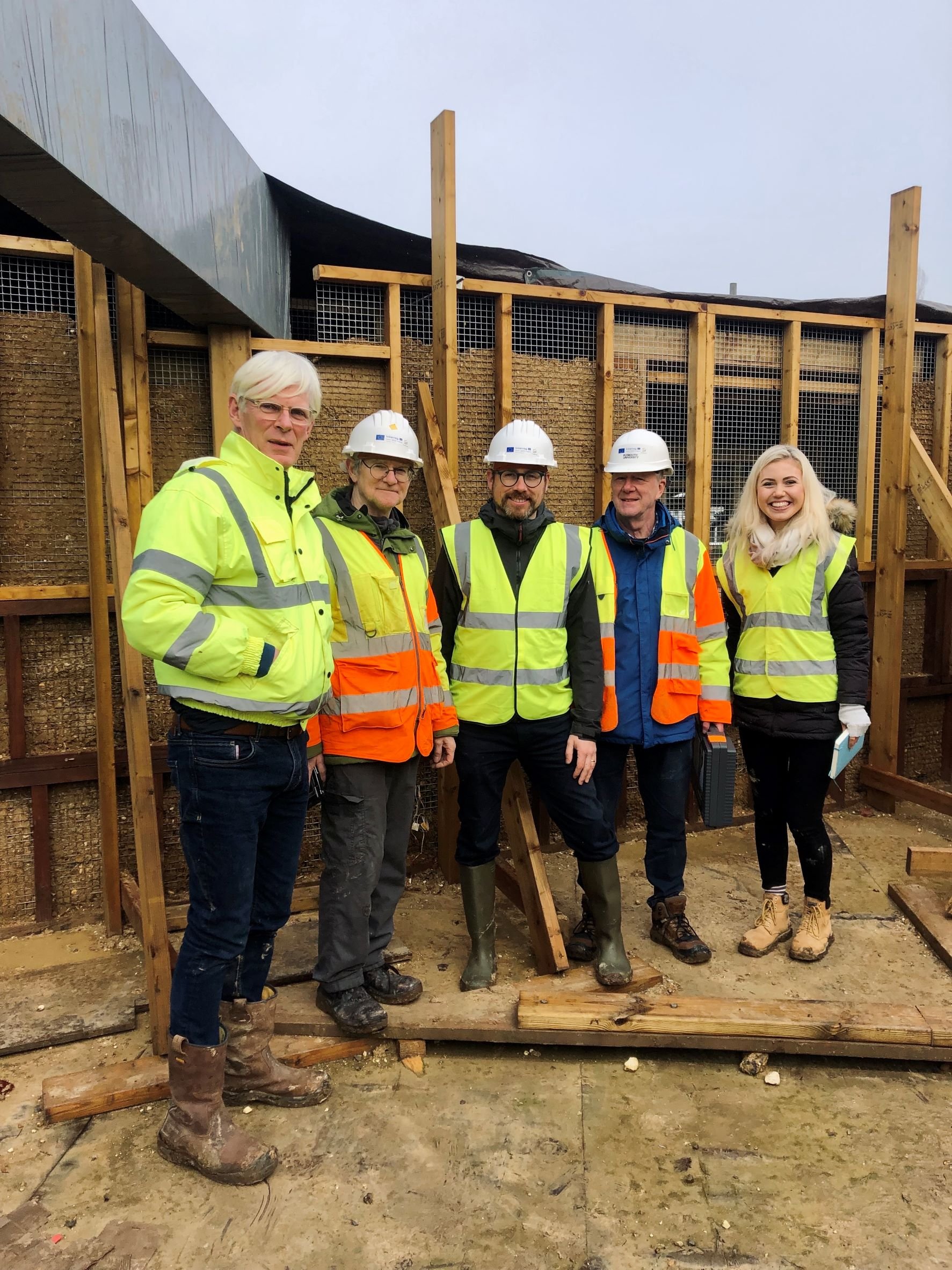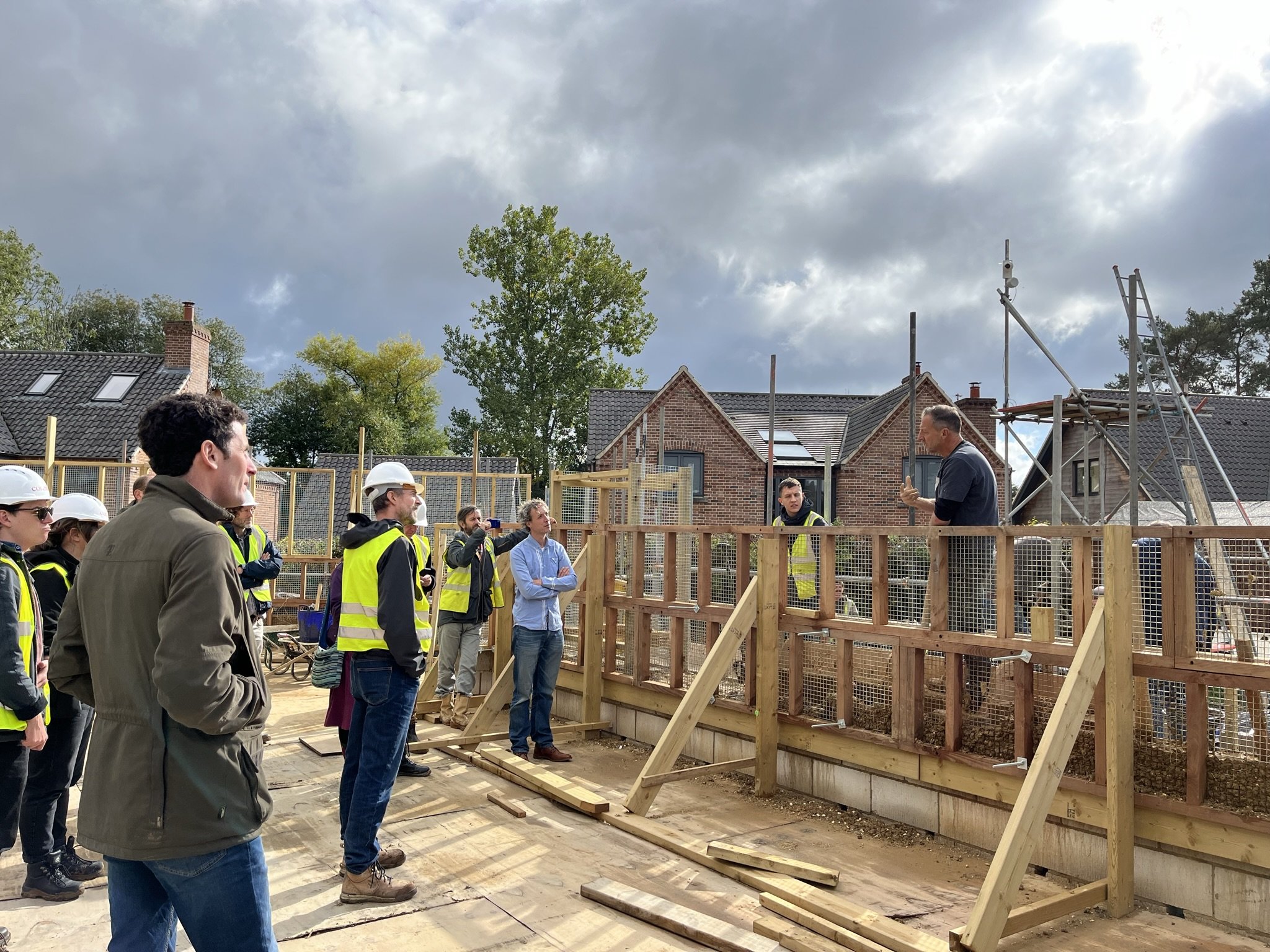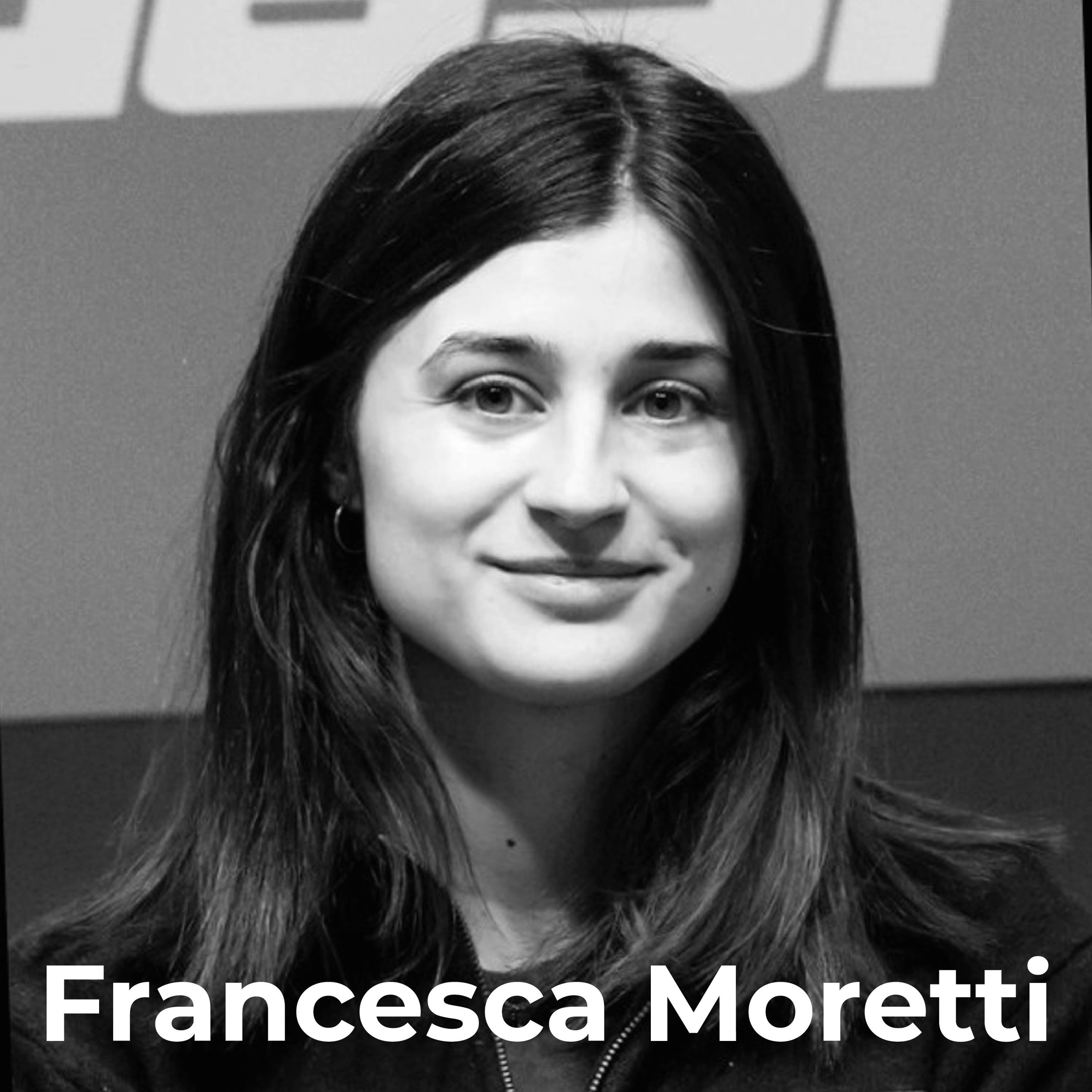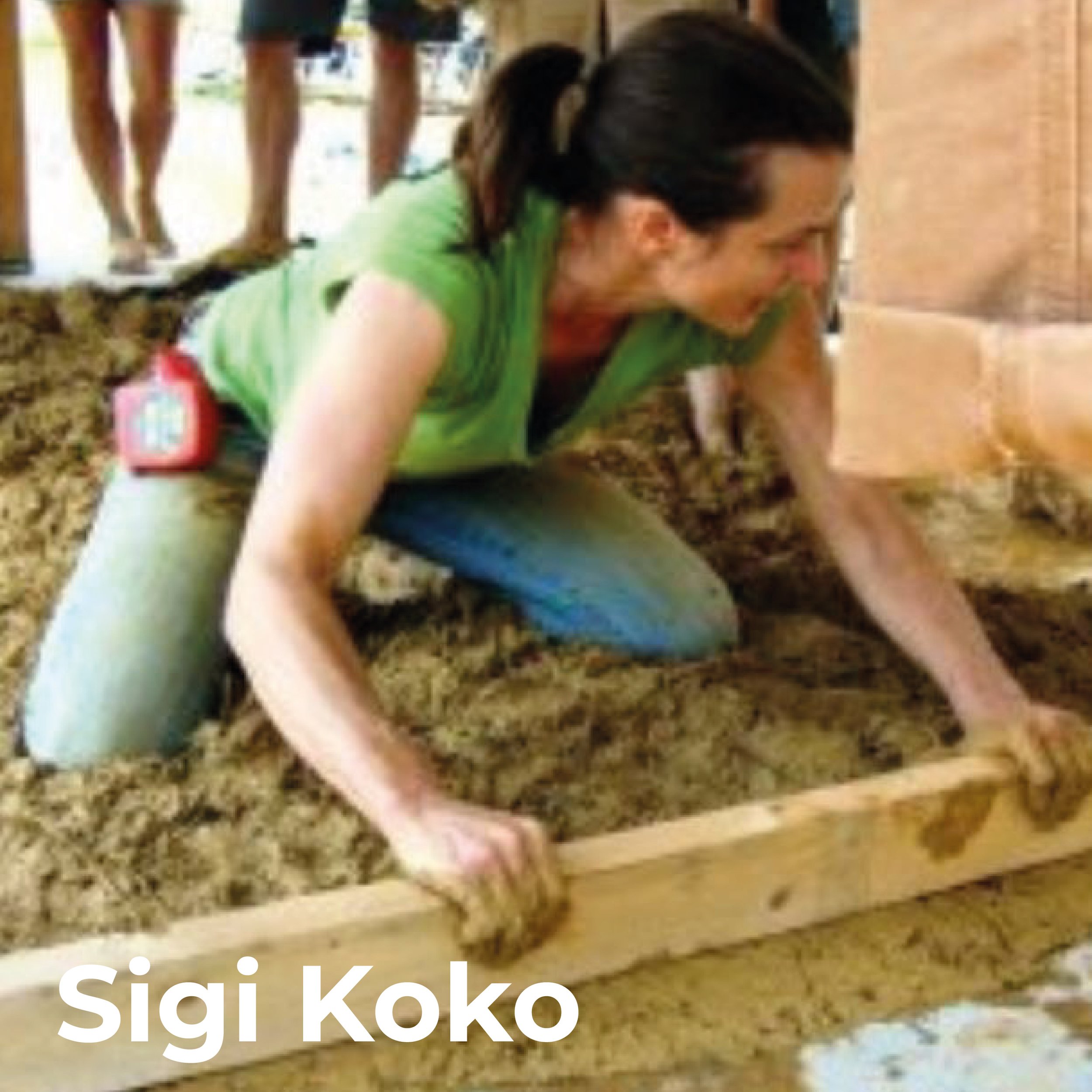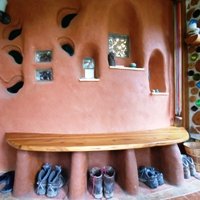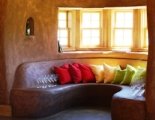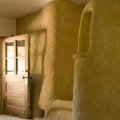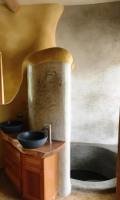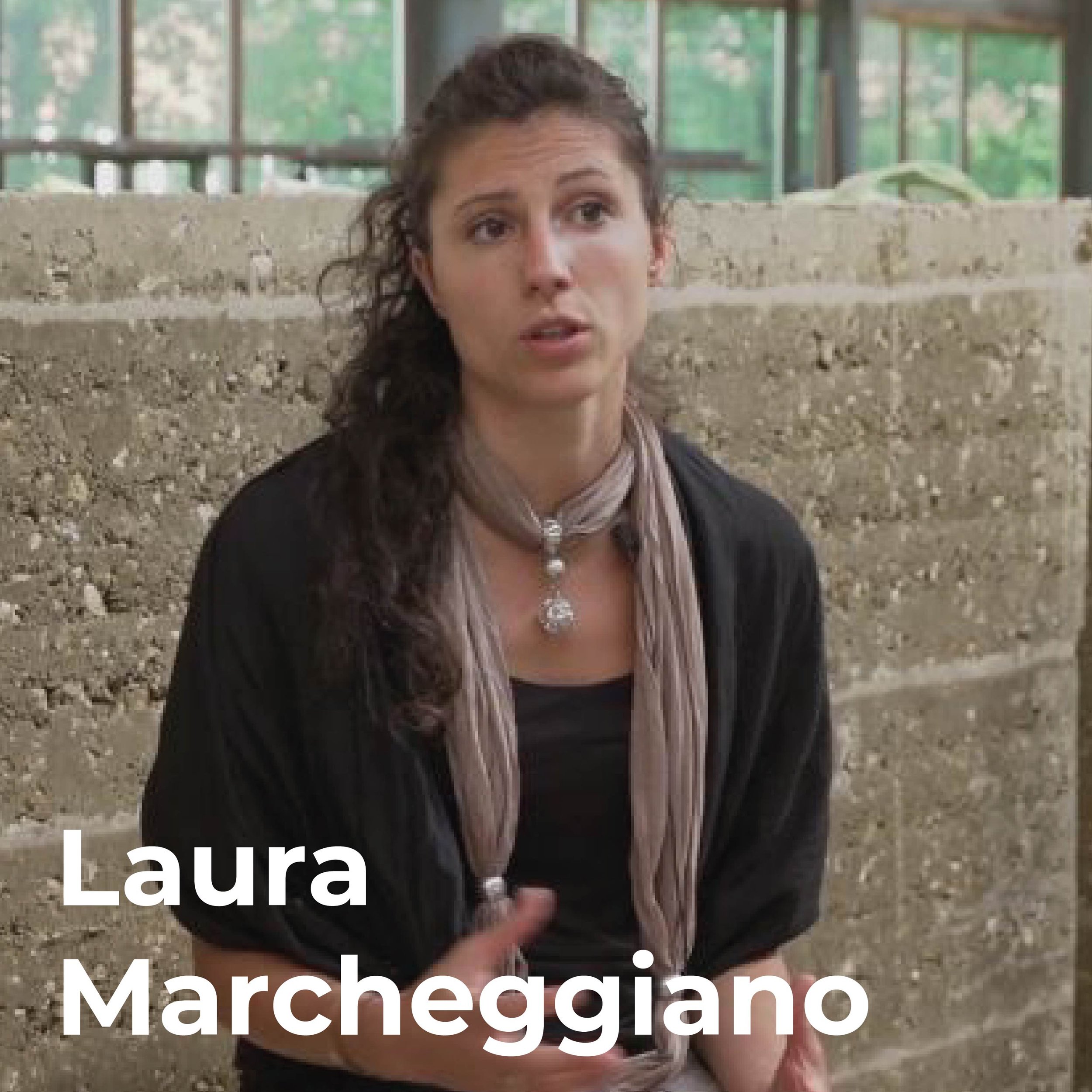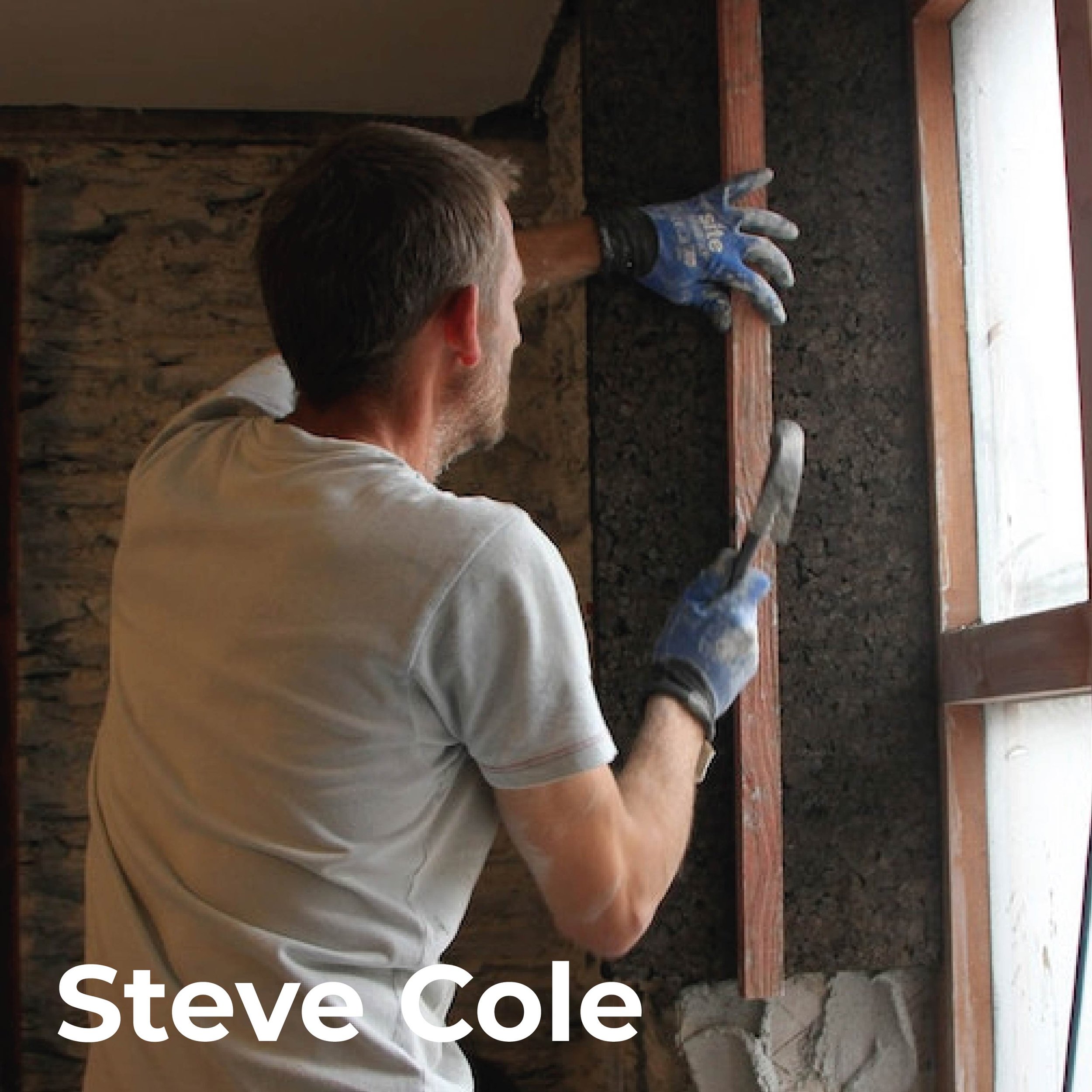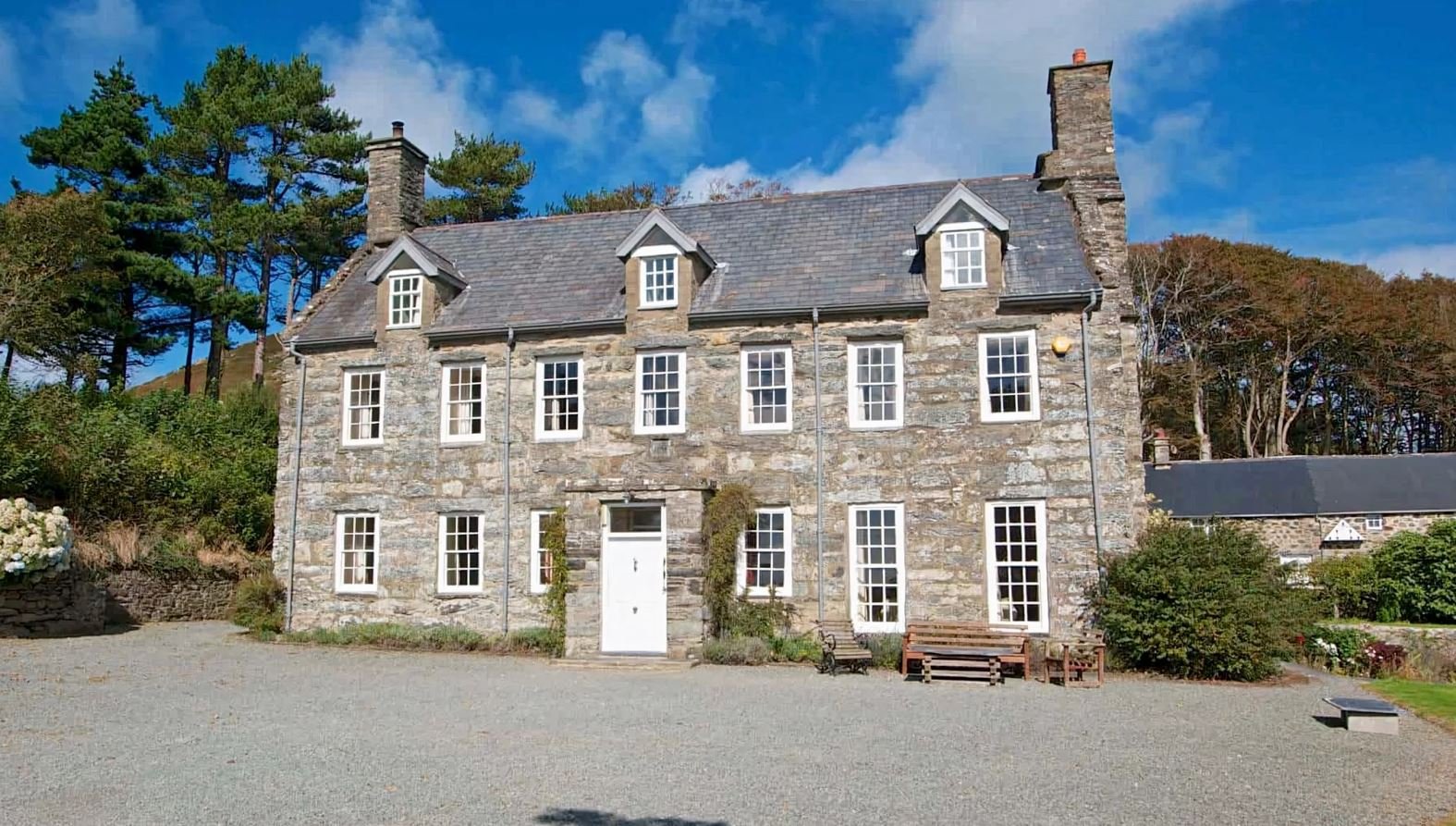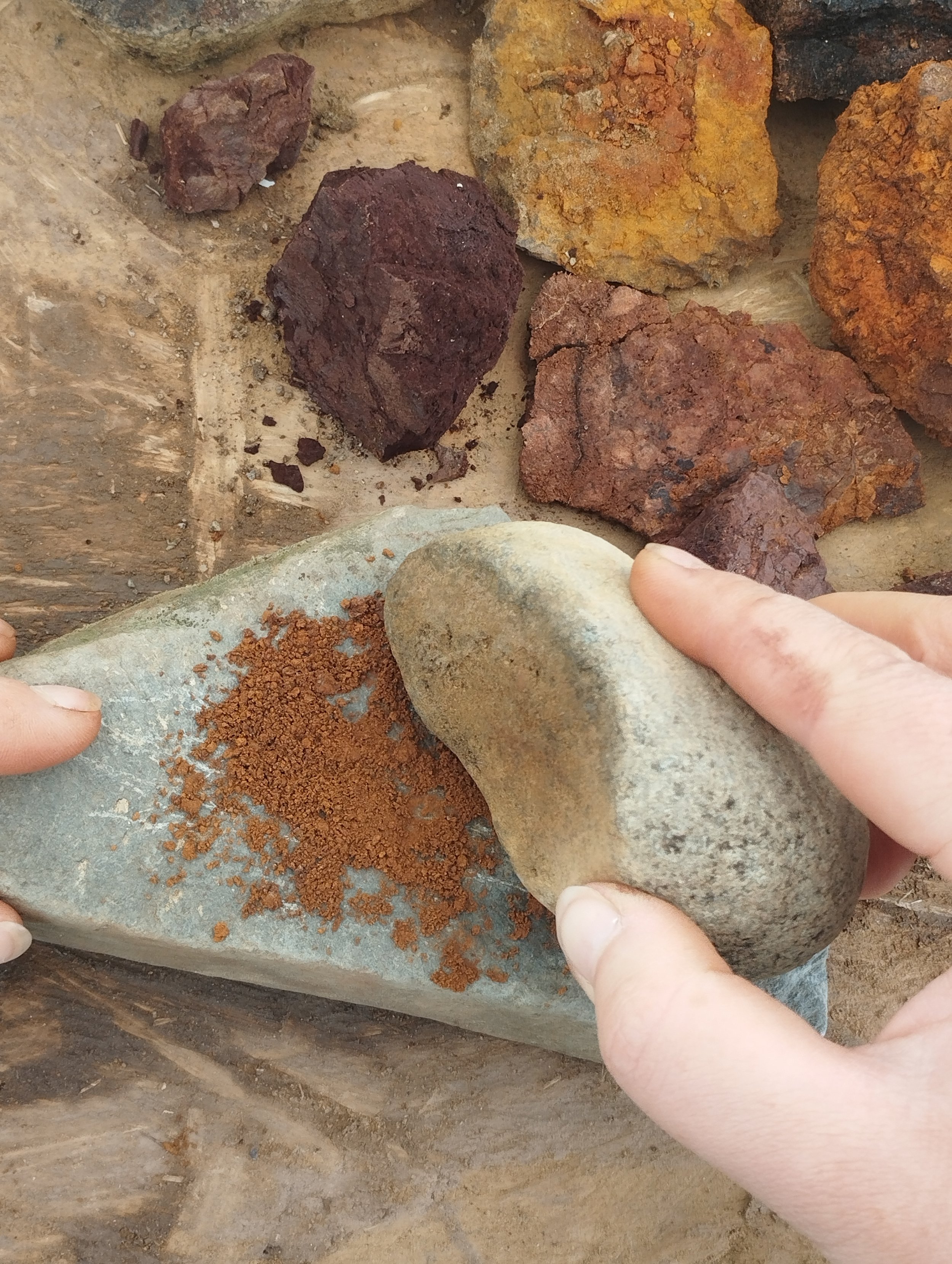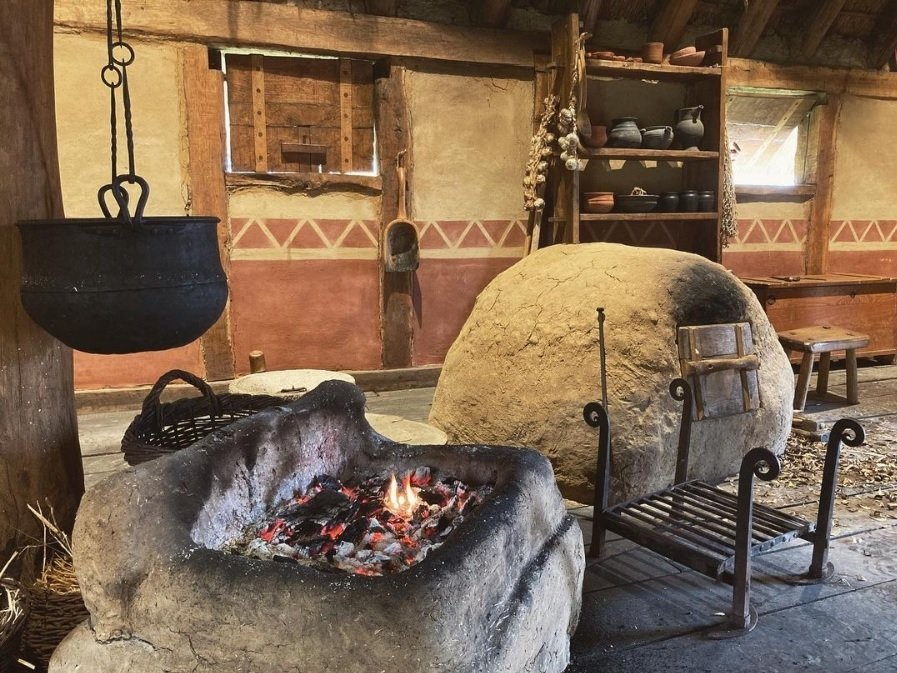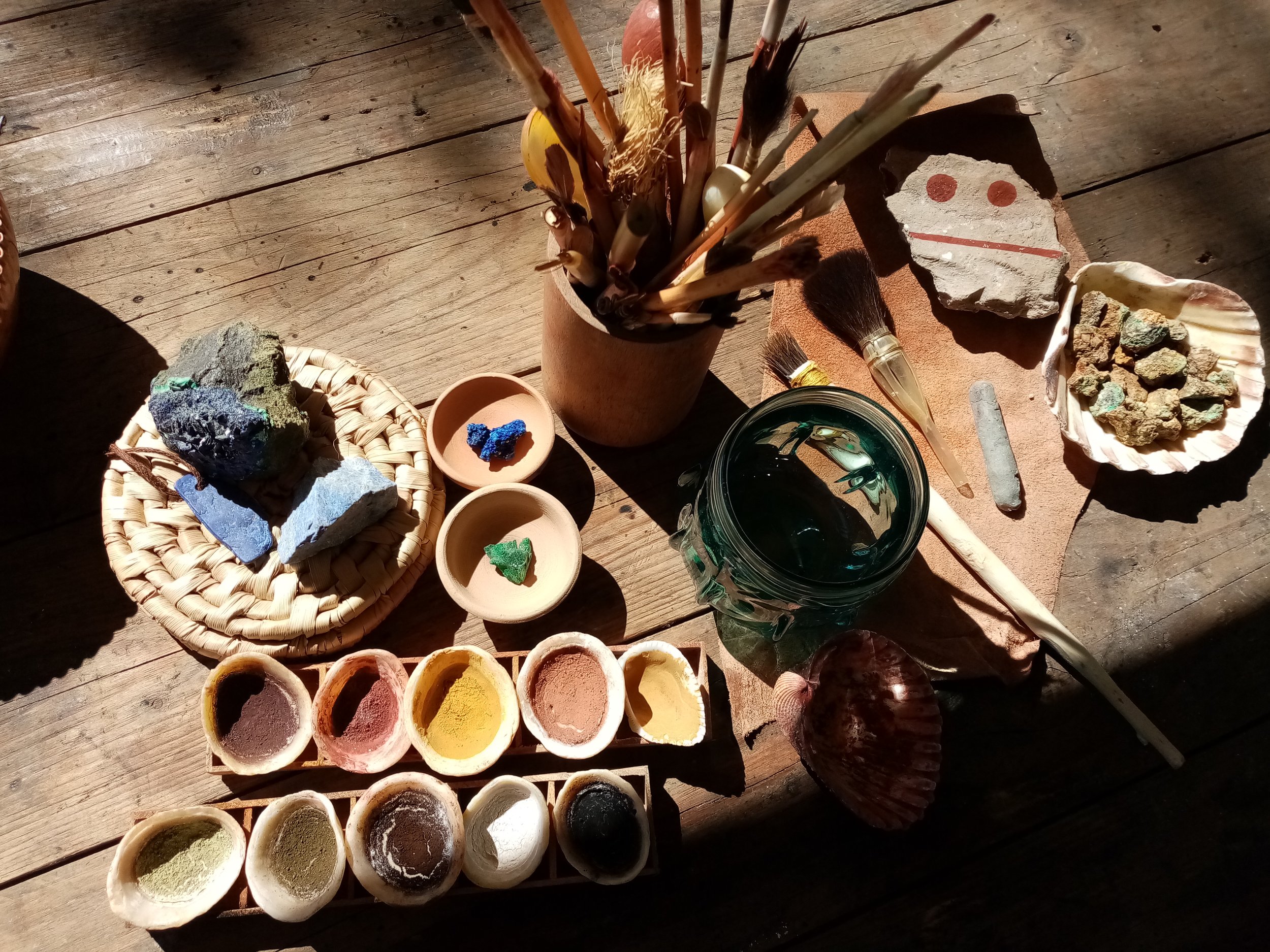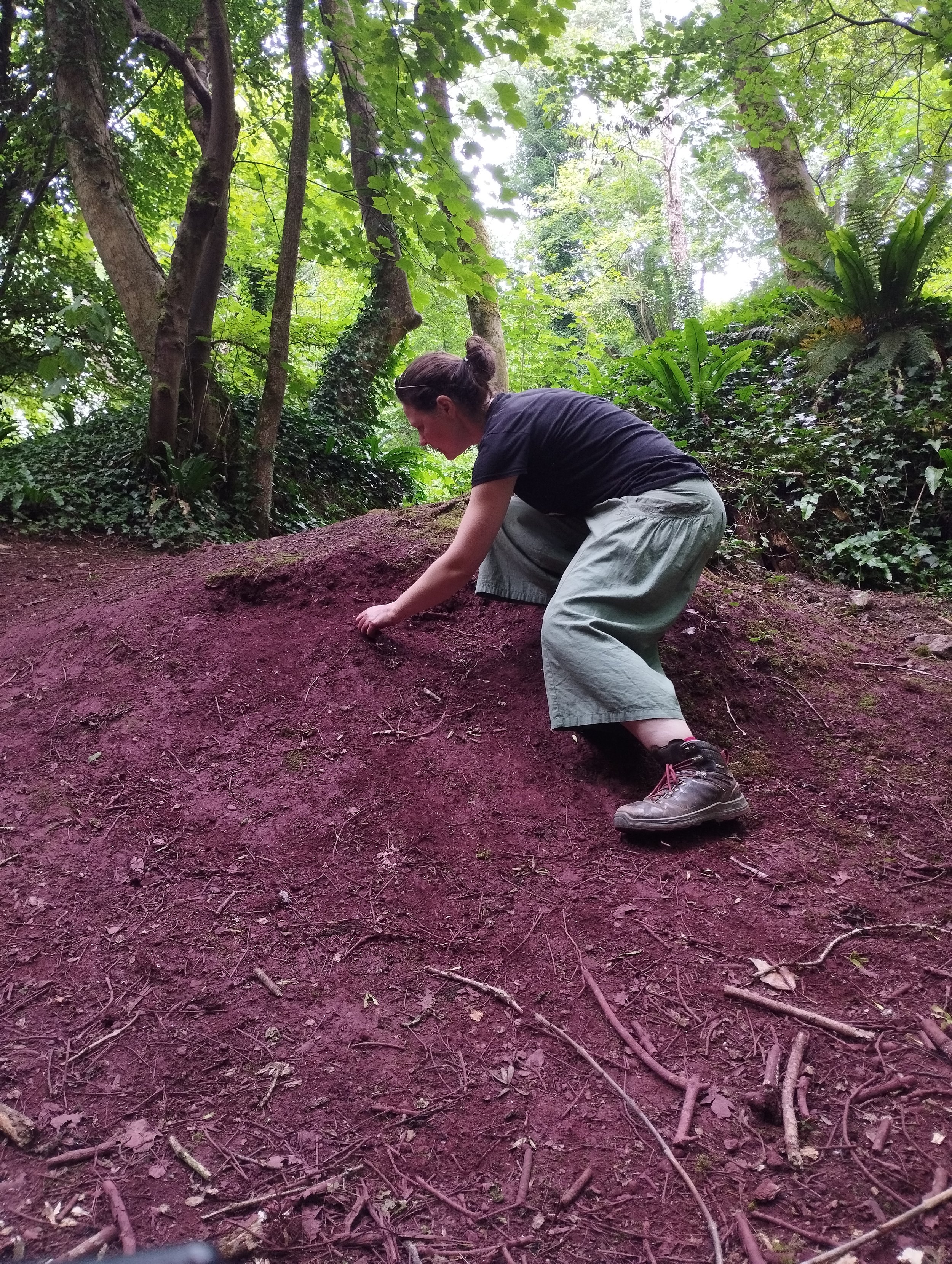Speakers for Clayfest 2023: Inside Earth confirmed!
Our agenda for Clayfest 2023: Inside Earth, our second online Clayfest happening on Friday 17th November, is now confirmed! Below are detailed biographies of all our fabulous speakers and the topics they will be covering at the event. Tickets on sale now!
Morning speakers
1. Keynote Speaker: Paloma Gormley
Paloma Gormley is an architect and founding member of Material Cultures, ‘ an organisation which brings together design, research and action towards a post carbon built environment. Inherently integrative, the design-led research project intersects material science, engineering, systems thinking, digital technologies and architectural design with a direct, active and practical approach’,
Presentation: Using bio-based materials in conjunction with minerals for carbon sequestration
Paloma will focus on the significance of using bio-based materials in conjunction with minerals for carbon sequestration and the potential for combining light earth with a lightweight timber frame and what this means for prefabrication. This will include discussing the demonstrator building they have built as a case study based at H.G Matthews brickworks in Buckinghamshire.
2. Emily Kaneko Reynolds
Emily Kaneko Reynolds is a passionate natural builder specialising in clay plasters in Japan. She has trained in Japan's earthen plaster works on and off for the past 16 years. She is currently working with a fourth-generation plaster company in Kyoto while finishing a PhD in earthen construction. She is also author of ‘Japan’s Clay Walls: A Glimpse into their Plaster Craft’.
Presentation: Japanese interior wall construction and the hierarchy of earthen finishes
Emily will discuss the typical build-up of a Japanese earthen wall, from the construction of the bamboo framework within the timber frame, followed by the various layers and steps that can be included from base coat to finish coat.
She will also include a general run-through of the Japanese way of thinking about finish types appropriate to construction and a brief show-and-tell on tools and tricks.
3. Anthony Hudson
Anthony Hudson, founding director of Hudson Architects, based in Norwich has been designing buildings for over 30 years that have continually received recognition for setting new standards in architectural design. He is passionate about creating environmentally conscious, sustainable architecture.
Presentation: The first Cobbauge House Build
Among the many award winning buildings they have designed, they have been heavily involved with the Cobbauge project for which they are one of the key UK partners. The CobBauge project involves bringing traditional Cob into the 21st century using a combination of the thermal mass properties of cob and the insulative properties of hemp. CobBauge keeps the positive qualities of traditional Cob while simultaneously allowing earth construction to meet modern building regulations.
Anthony will focus on the building of the first CobBauge house in the world as part of the CobBauge projects following on from a prototype in France and classroom in Plymouth. It will include details about how to source materials, the build process, details employed and a commentary on what worked and what they might do differently in the next build.
4. Francesca Moretti, WASP (World’s Advanced Saving Project)
Francesca Moretti is co-founder and a CEO of WASP. She deals with the business development and communication within the company. Passionate about digital communication & design, she is WASP brand ambassador and plays a significant role in the challenges of the WASP Research & Discovery Team.
Presentation: Using clay in 3D printing of buildings
Francesca will talk about the company’s experience of working with natural materials, including the exciting case study projects, Gaia and TECLA which used a combination of clay, sand and raw fibres.
Afternoon speakers
5. Keynote Speaker: Sigi Koko
Sigi Koko is a renowned natural building designer and builder from Pennsylvania, USA and the principal designer at Down to Earth Design, founded in 1998 to help people achieve their dreams of living in natural, healthy homes.. She has designed over three dozen strawbale buildings in the mid-Atlantic region. She designs buildings that reflects her clients personality and lifestyle, while also responding to the surrounding landscape and climate. Sigi’s uniquely collaborative design process provides a high level of information and support, encouraging her clients to engage fully throughout design and construction. She also teaches natural building workshops that empower her clients to contribute meaningfully during the construction of their own home.. She has lectured extensively on these topics and written articles for numerous publications.
Presentation: Integrating Clay into Design Works
What if you could harvest clay directly from your building site and use the clay to benefit the health & energy efficiency of your interior space?
Benefits of clay inside an insulated building (passive solar design, humidity control, temperature modulation, etc.)
Straightforward ways to specify clay (plasters & mass walls)
Pushing the envelope (adobe floors, sculpted clay sinks & stairs, etc.)
6. Laura Marcheggiano
Laura Marcheggiano recently moved to the UK and works as a Design Manager for a mainstream constractor. She spent several years working for the rammed earth pioneer, Martin Ranch who has devoted his life to developing techniques, tools, soil chemistry and composition and the crossover of materials science into contemporary sustainable architecture.
Presentation: Prefabricated rammed earth - From the Ground Up
Having experienced first hand the development of a totally industrialised system to produce prefabricated rammed earth components to make up a whole building facade, she will discuss these pan-european case studies including the construction process to the finished build.
She believes the greatest obstacle to building with earth is the lack of trust in its qualities as a building material but realises its great potential for innovative developments.
7. Steve Cole
Steve Cole is a retrofit project manager and recently joined The Centre for Sustainable Energy (CSE) in this role in March of this year. With various practical and academic qualifications within the built environment sector – from heritage plastering to an MSc – Steve has over 18 years’ experience of working in construction in England, Wales and Ghana. He has built mud-huts, new houses and whole estates, a beach lodge, schools, and has worked on numerous traditional and listed buildings.
Previously Steve has worked as a guest lecturer and practical tutor at the Centre for Alternative Technology and is currently working in partnership with the Tywi Centre and Carmarthenshire County Council to develop and deliver the Level 2 award in understanding domestic retrofit. Steve has also worked with the team from Earth Building UK & Ireland to develop the level 3 NVQ national occupation standard for earth building.
Presentation: Measuring heat loss before making retrofit decisions
Steve will discuss how earth and its unique properties informs our modern day design and the construction industry within the field of retrofit, specifically looking at how one can measure heat loss before you make any retrofit decisions for your modern or heritage building.
Covering some case studies to highlight these results using Veritherm Testing - Veritherm & Measuring energy performance of homes (buildtestsolutions.com), and answering questions raised from this work such as Is a heat pump suitable for a listed building? - Centre for Sustainable Energy (cse.org.uk). Steve will also talk about the importance of taking a measured approach and not simply assuming that we need to cover all our buildings with polystyrene, and what this may mean for earth buildings, including those he has worked on where people were unaware they were built from earth and why this can be the case.
8. Caroline Nicolay
Caroline Nicolay was born in eastern France but has lived in the UK for the last 9 years. Her main background is in archaeology and archaeological museums, mainly in open-air museums where prehistoric and ancient buildings are reconstructed following archaeological finds, ethnography and traditional vernacular building techniques. She also runs her own living history company, offering historical crafts demonstrations and courses all around the country and Europe.
Her work focuses on studying and recreating Iron Age (900BC to 50BC) wall paintings: mineral pigments on clay plasters and wattle and daub walls, from 2,600 years ago. Her aim is to get professional natural builders and open-air museums to ''discover'' each other and to work together to showcase the use of local natural building materials and techniques in both ancient and modern environments. And hopefully to be able to do repairs and maintenance on reconstructed buildings on such sites, as well as training for staff, volunteers and local communities.
Presentation: Clay paints and walls: 2,600 years ago VS now - How earth builders and open-air museums can work together to bring natural architecture to a wider audience.
The fact that earth construction, especially wattle and daub / framed earth walls, has been around for many thousands of years is well known. Something that is way less mentioned and shown is the fact that modern archaeology has been finding 3,000 years old remains of such walls in North Western Europe, including some with several layers of plasters, finishing layers, whiting and mineral paints. These wouldn't look out of place in a 21st century office or house as they are so well executed, which completely changes our vision of life, crafts and houses at the end of Prehistory.
Caroline will discuss how these ancient skills are still not represented in open-air museums and reconstructed houses, which she believes comes partly from a lack of understanding and training in traditional earth building techniques. After having looked at some Iron Age examples of clay wall paintings discovered in France and Germany, and the information they can bring us, she will compare these with reconstructed buildings of the same period presented in open air museums in England and France. This will also include what training and knowledge might be required to make these replica buildings more accurate and overall better constructed, and see what open-air museums can bring to the earth and natural building community in exchange.
